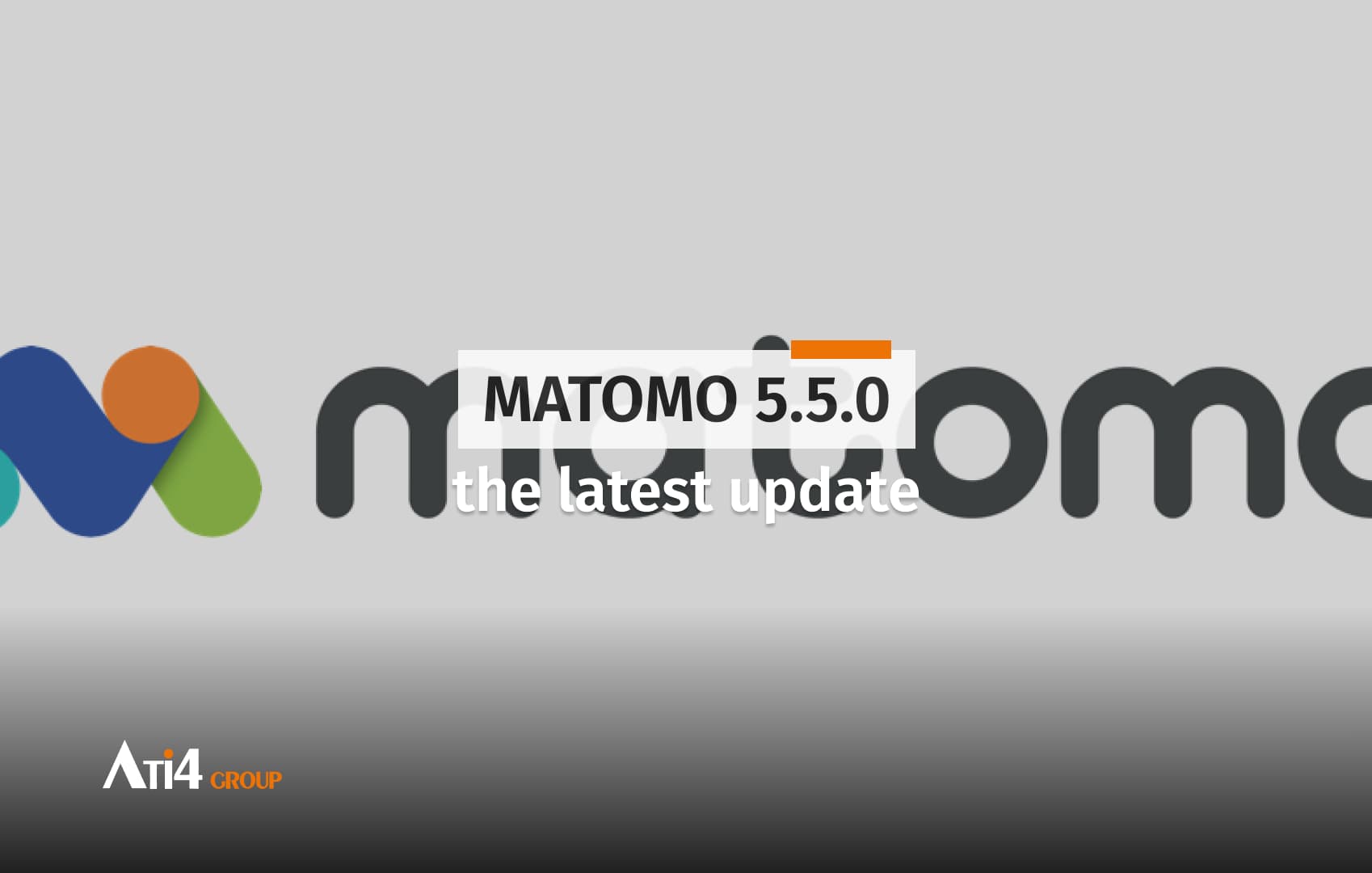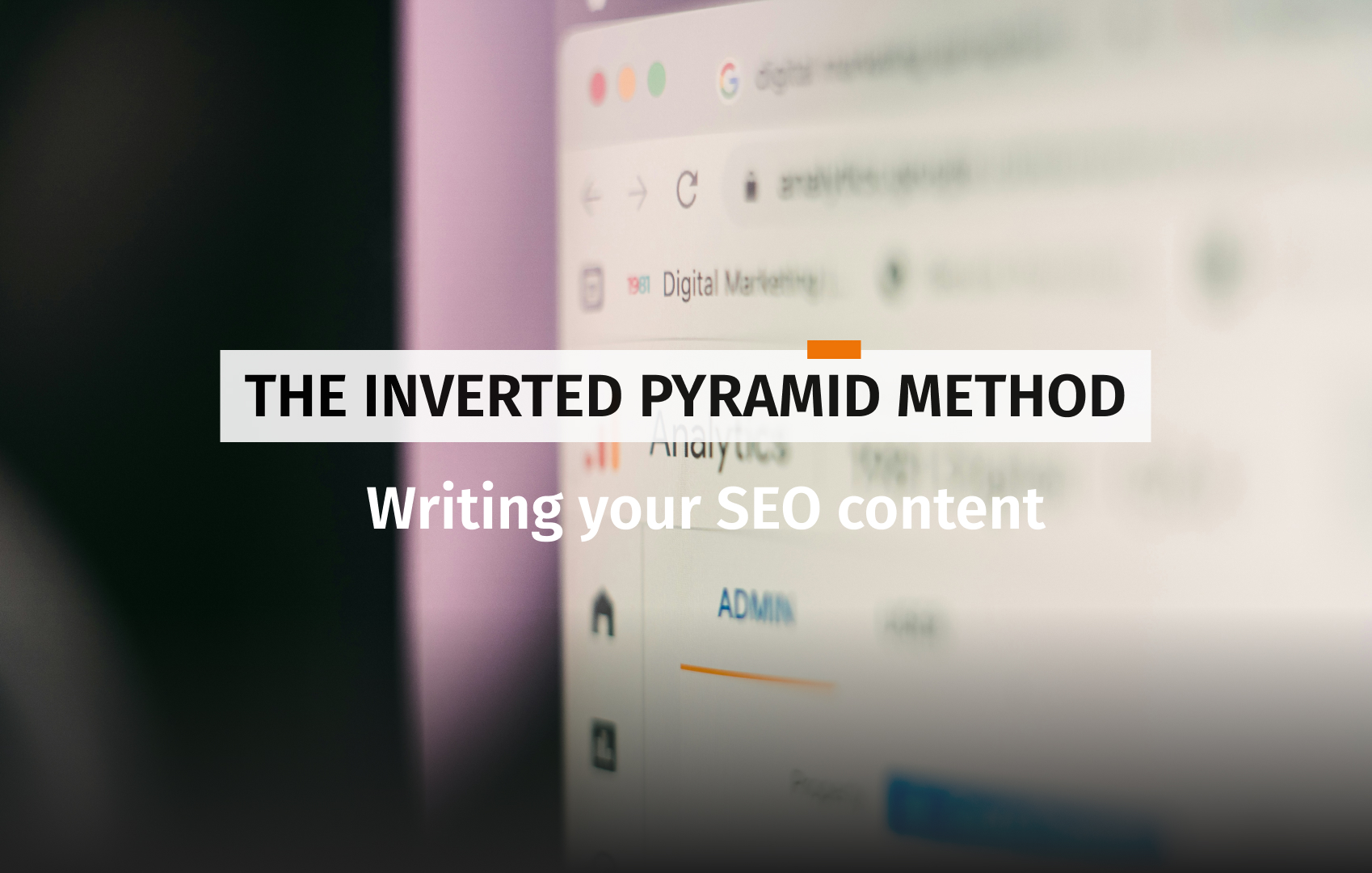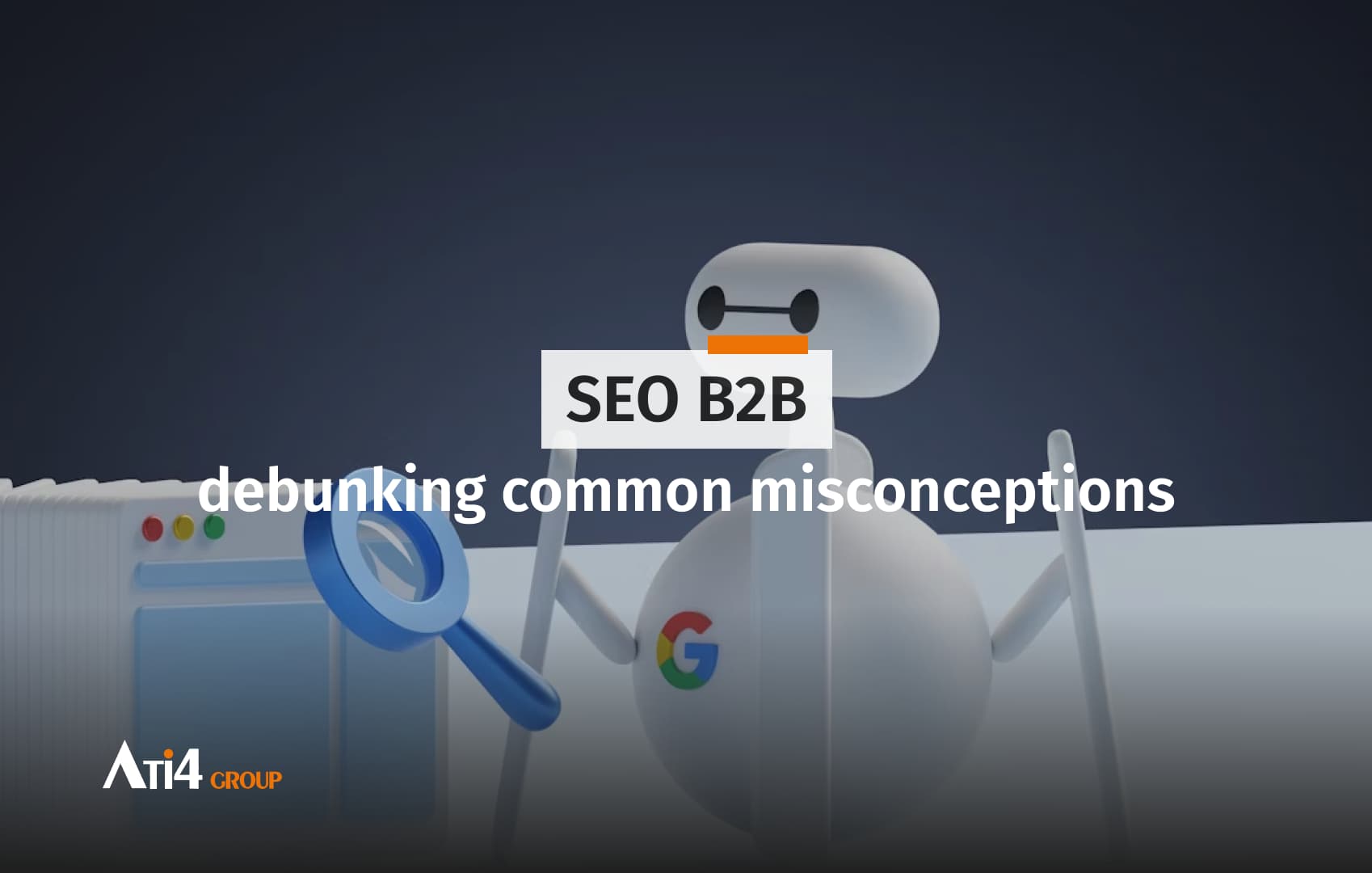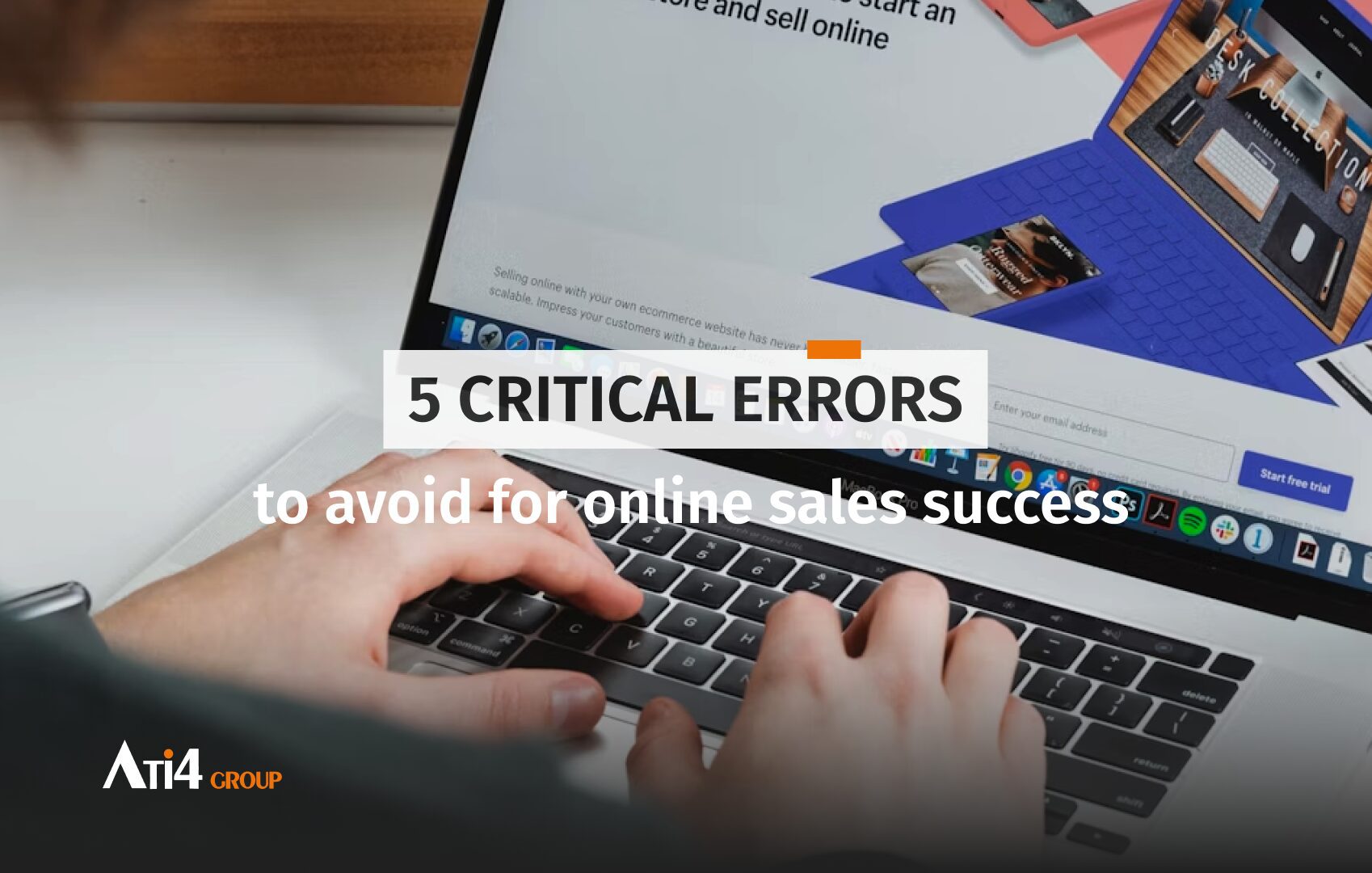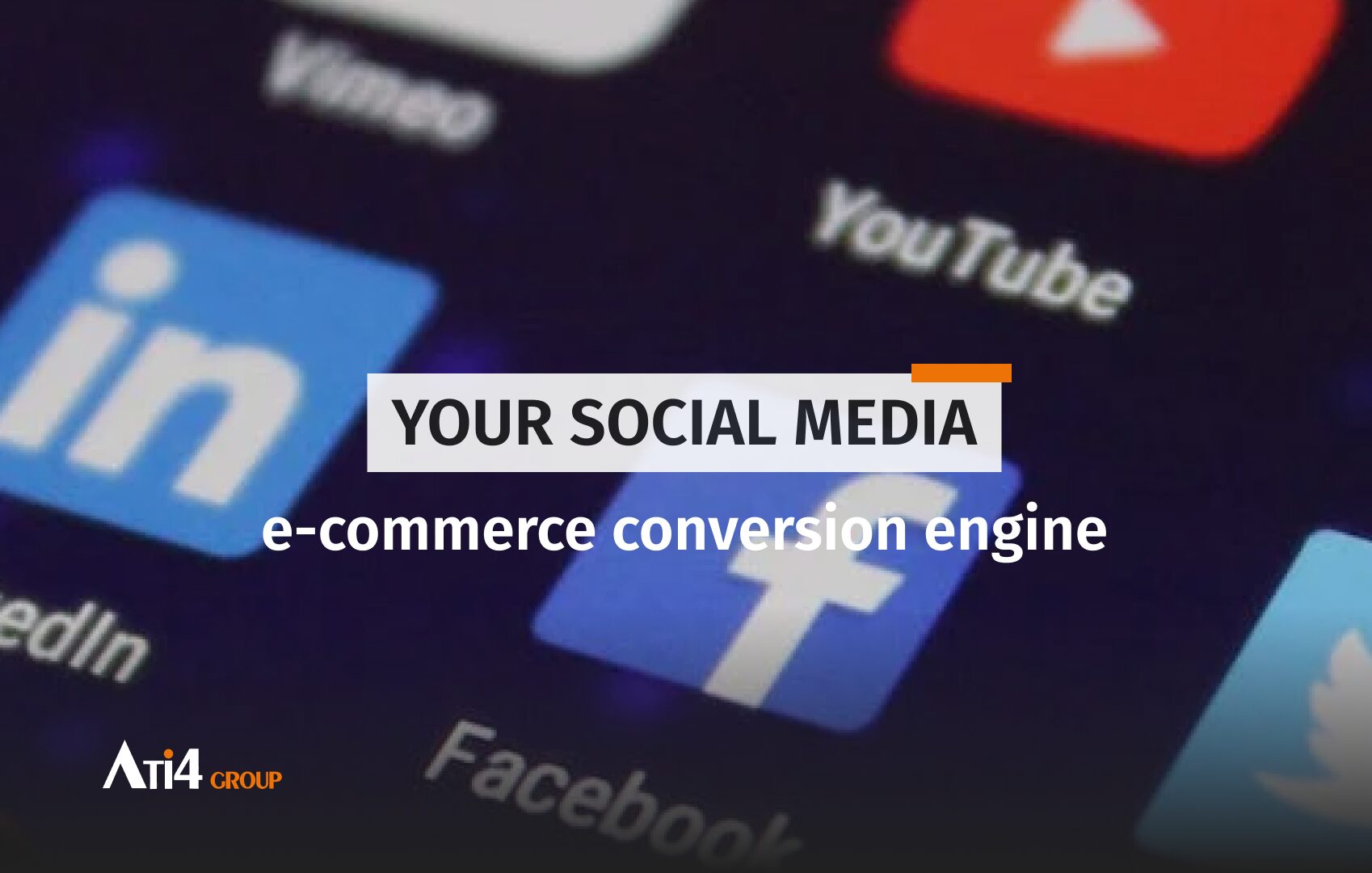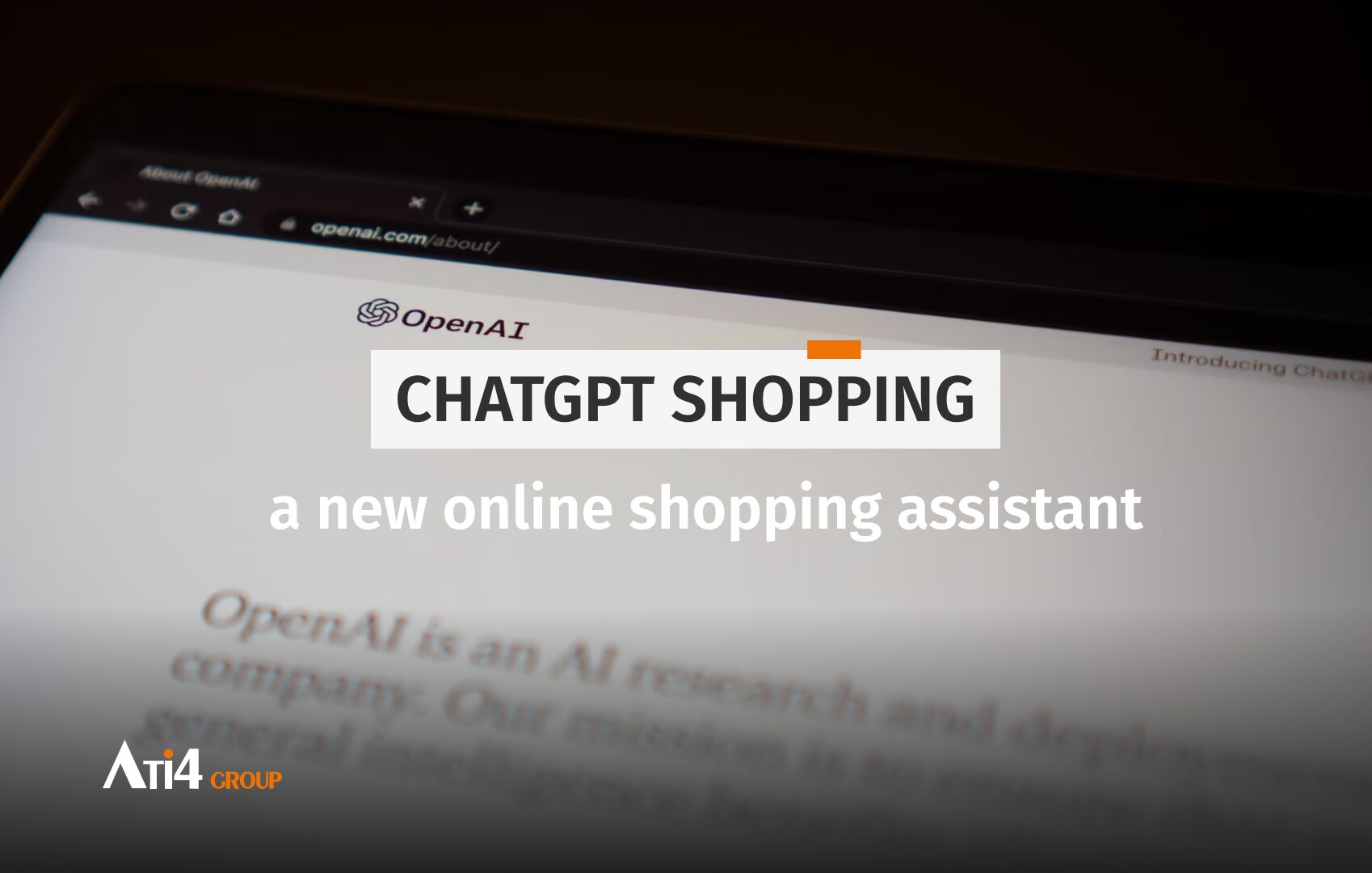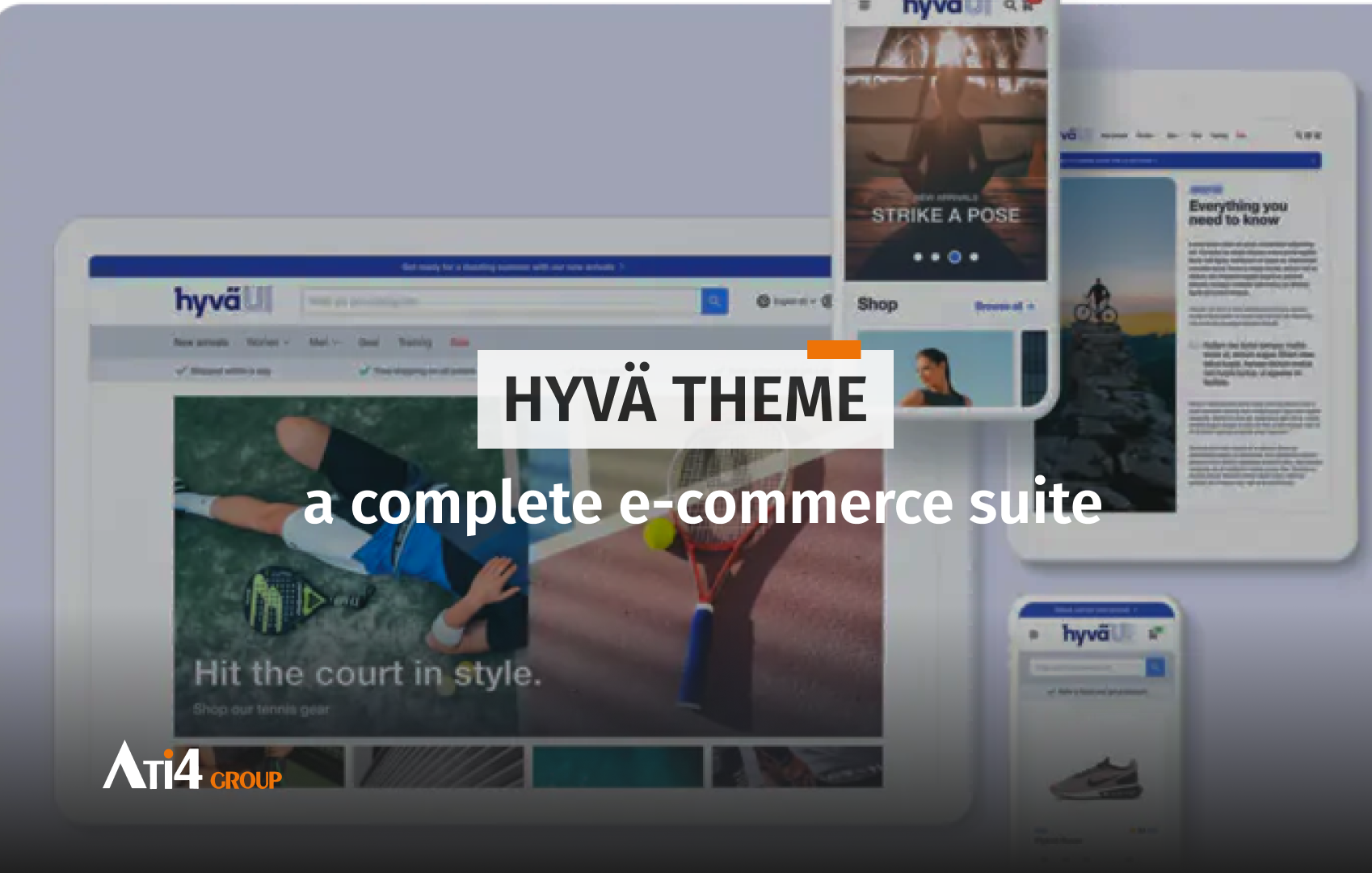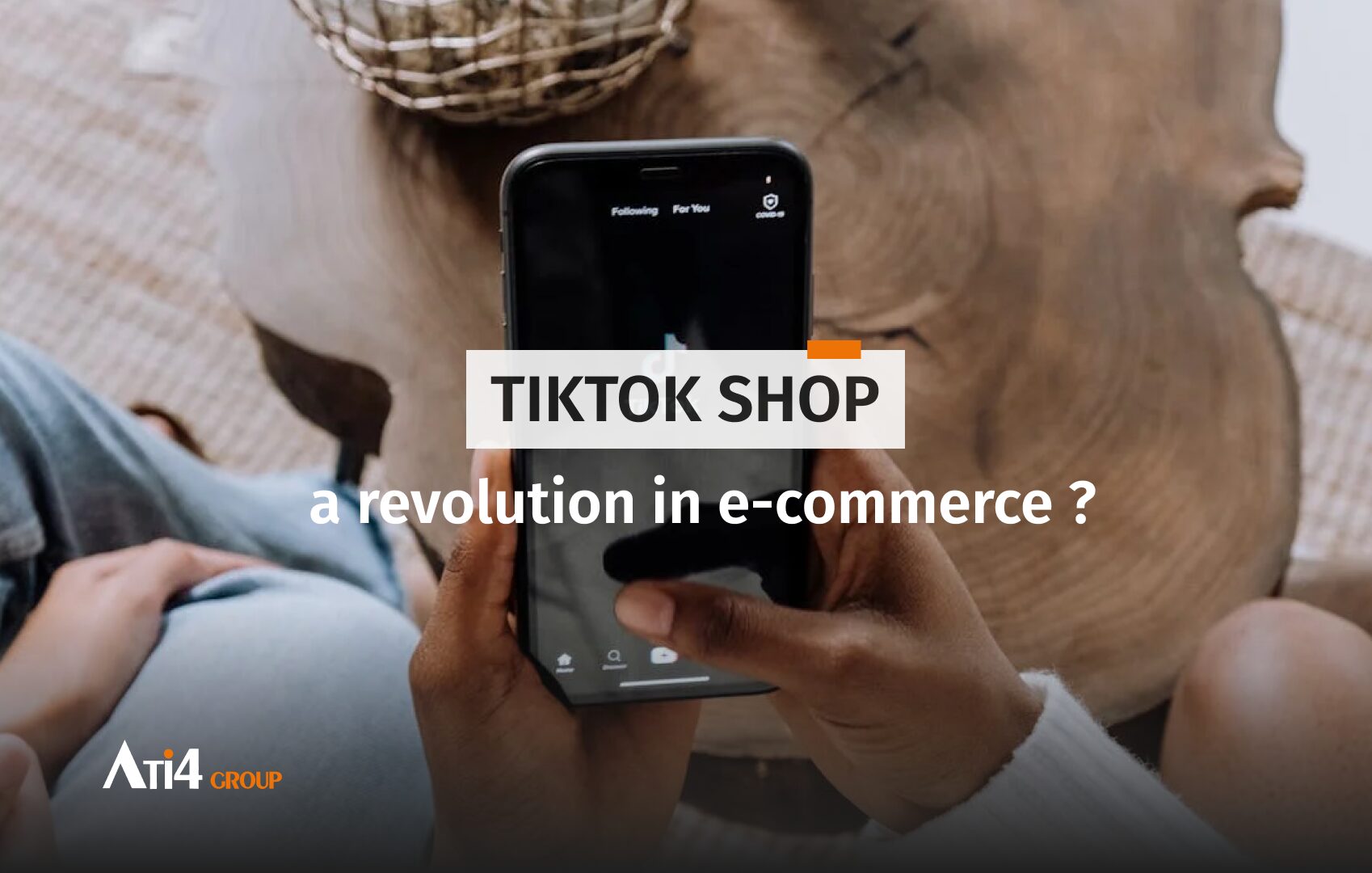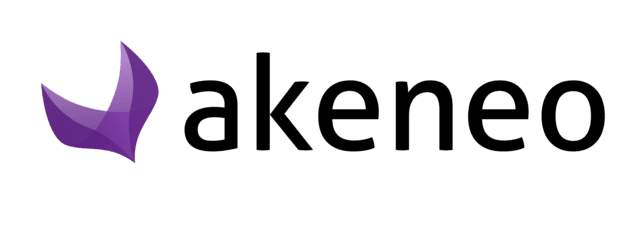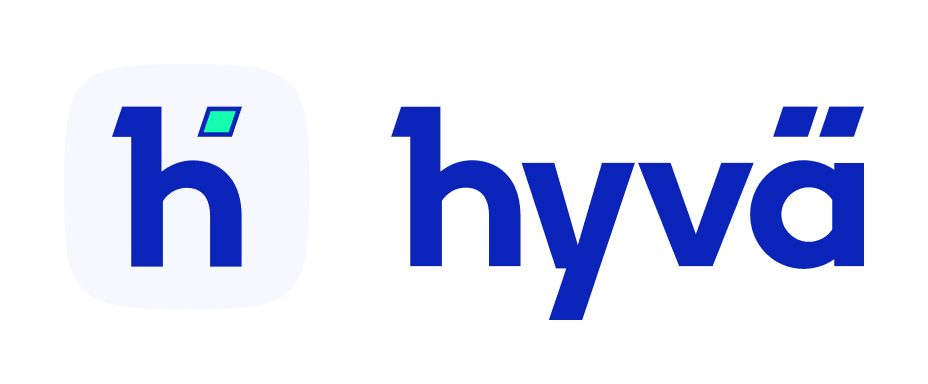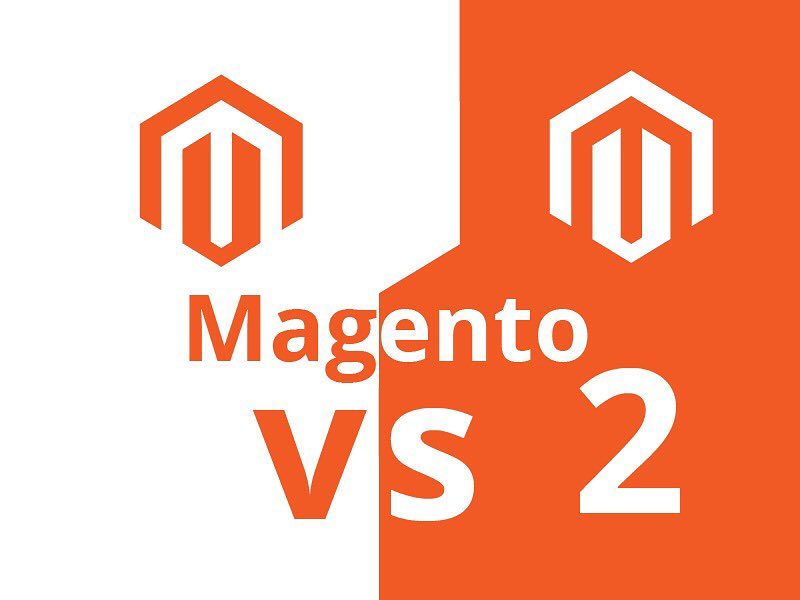Defining your editorial line for web content.
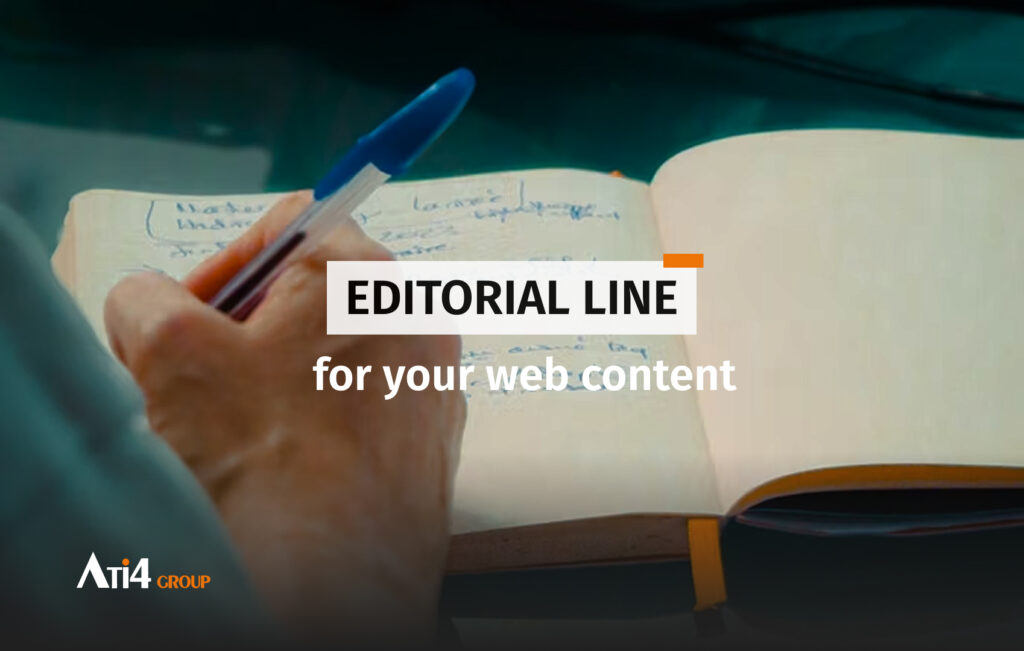
Your online presence is now indispensable, regardless of your company’s size or industry. The various types of content you publish allow you to become known, but more importantly, to build a real relationship with your audience.
In today’s context, where competition is increasingly fierce and consumers are constantly bombarded with information, simply publishing regularly is no longer enough. You must establish a content marketing strategy based on a clear vision and consistent editorial coherence. This is precisely where the concept of an editorial guideline or line comes into play. Often overlooked or considered secondary, it is in fact the foundation of effective communication on digital channels and beyond.
But what is the real purpose of an editorial guideline? Why create one, and how can it transform the way a company communicates with clients and prospects? Behind these questions lies a crucial issue: the efficiency and profitability of the efforts invested in content marketing.
What is an editorial line ?
An editorial line is a strategic document that establishes the rules, principles, and best practices to follow for your content production (blog articles, web pages, social media posts, newsletters, or even print materials). It serves as the common thread of your communication, allowing your company to speak with one unified voice across all channels. It is the foundation that ensures coherence, relevance, and credibility in your digital and omnichannel communications.
In practice, defining an editorial line means choosing your company’s voice and determining the tone with which you wish to address your audiences: should it be formal, informal, professional, relaxed, inspiring, or educational?
This voice is your brand’s verbal identity, reflecting your values, objectives, and customer expectations. The editorial line also defines priority topics to cover, keywords to include in your content to optimize SEO, and editorial angles to highlight when presenting information.
It also sets precise grammar and stylistic rules: spelling, punctuation, terminology to use or avoid, whether abbreviations are allowed, and specific words to emphasize to strengthen your brand identity. This level of detail provides a clear framework for all individuals involved in content creation, whether internal (marketing, communication, customer service) or external (digital agencies, freelance writers, partners).
The editorial guideline is therefore a comprehensive document that must be shared with all stakeholders in your company. It acts as a blueprint for your communications. The clearer and more precise your editorial line, the more your content gains in credibility and effectiveness. It establishes trust with your audience, as your messages become consistent, cohesive, and easily recognizable.
Keep in mind, however, that the editorial line is not a fixed document. It must evolve with your company, marketing objectives, and audience behavior.
What is its practical purpose ?
An editorial guideline is not an accessory or purely theoretical document. It is a concrete and operational tool central to the success of a content strategy.
Its first benefit is to clarify your ideas. By documenting your objectives, key messages, terms to use or avoid, you gain a clear and shared vision of how your company should communicate. This prevents fragmentation and provides a solid framework for messaging, especially when content is distributed across multiple channels.
An editorial guideline also enhances credibility and professionalism. It acts as a safeguard to ensure content consistency over time. Without it, team members may present different interpretations of the company or use language that does not faithfully reflect its values, leading to inconsistent or even contradictory messaging that harms brand image. By setting clear rules, the guideline aligns all stakeholders on a common vocabulary and positioning, allowing you to communicate with a single, unified voice and strengthen brand identity.
It is also essential for optimizing performance and e-reputation. By defining keywords, priority topics, and preferred angles, you directly impact SEO. You can then create content tailored to your audience’s real needs and attract qualified traffic, achieving a better ROI on your content marketing efforts and saving time in the production process. The editorial guideline sets the rules from the outset, simplifying the work of both internal teams and external partners.
Importantly, an editorial guideline is not a static document to be filed away or forgotten in a PowerPoint presentation. It must live and evolve with your company, goals, and audience. It should be reviewed and adjusted regularly to remain relevant and aligned with your strategy, supporting growth.
The guideline also serves as a powerful emotional and relational lever. The words you choose and topics you cover reflect your values and the essence of your company, allowing you to connect with your audience on a deeper level, evoke emotion, and create genuine engagement. In fact, 64% of consumers say that shared values are the main reason they connect with a brand.
Editorial line VS editorial guideline
In brand communication and content strategy, editorial line and editorial guideline are often confused, though they represent two distinct but complementary concepts. Understanding the difference is essential for building a solid, coherent strategy.
The editorial line serves as the thematic backbone of your communication. It summarizes your chosen angle, defines key ideas to convey, and guides the topics your brand will cover. In other words, it lays the strategic foundation: what are your editorial pillars, which territories of expression will you explore, and which topics should be prioritized to meet audience needs and highlight your products or services? It provides a clear direction for content creation based on your identity and marketing goals.
The editorial guideline, on the other hand, is a formalized document specifying the rules for creating, producing, and publishing content. It relies on the editorial line as a core component but goes further, detailing writing best practices, tone to maintain, preferred formats, do’s and don’ts, and channel-specific rules. It is therefore much more operational and serves as a practical reference for all teams involved in content creation.
In short, the editorial line comes first. It establishes the strategic framework by defining messaging direction, while the guideline formalizes this framework into a structured, accessible document that acts as a user manual. The line is the vision, the guideline is the tool, and together they ensure strong coherence, content uniformity, and a recognizable brand identity across all channels, digital or traditional.
The line helps you decide where to go, the guideline shows you how to get there day by day.
The 5 pillars of the editorial line
Building a strong editorial line means establishing the foundation for all brand communication. Five key pillars give meaning, coherence, and relevance to your content.
Pillar 1: Objectives and positioning
Before writing a single article or posting on social media, clarify the purpose of your content. Why are you communicating? What results do you want to achieve? Each piece must have a clear objective aligned with the customer journey. Some content aims to inform or educate, such as a blog article explaining SEO basics. Others seek to engage your audience, like a LinkedIn post prompting debate or experience sharing. Some are more commercial, such as a case study or landing page encouraging downloads, sign-ups, or purchases.
Positioning is the second aspect: the angle your brand adopts when addressing topics. Are you the expert analyzing trends in detail, the educator simplifying complex subjects, or the practical guide offering actionable solutions? This positioning must reflect your expertise, personality, and market differentiation. For instance, a natural cosmetics brand may adopt a nurturing, educational tone, whereas a tech agency may use an analytical, factual approach.
Pillar 2: Target audience
A relevant editorial line starts with a deep understanding of your audience. Content only matters if it addresses the needs, expectations, and motivations of those you aim to reach. Creating personas is crucial. These semi-fictional representations of your ideal clients or readers allow you to embody your audience. Each persona has unique challenges, barriers, and interests. A B2B marketing manager does not seek the same information as a communication student or an independent entrepreneur.
Analyzing their online behavior (Google queries, consumed formats, preferred networks) helps refine your messaging. You can then map your content by linking each persona’s needs to your objectives—for example, informational content for a “Curious” persona and comparative content for a “Decision-Maker” persona ready to act.
Pillar 3: Themes and topics
This pillar defines your brand’s territory of expression: the main themes on which you are legitimate to speak. An SEO agency, for instance, will naturally cover topics like SEO, content marketing, or digital strategy. These themes form your editorial universe.
Once defined, identify specific topics to address. Keyword research, competitor analysis, or client feedback may reveal “content gaps,” areas underexplored that offer opportunities to stand out. The goal is to balance topics that meet audience needs with those highlighting your expertise or services, ensuring relevance and brand coherence.
Pillar 4: Voice and tone
Your editorial voice is your brand’s emotional signature, giving it personality, style, and uniqueness. Tone determines how you speak to your audience: professional, lighthearted, inspiring, or educational. This choice must align with your values and audience expectations.
Writing style further specifies tone: Do you use “you” for closeness or formal address for professionalism? Technical or simplified vocabulary? Concise and punchy sentences or analytical and detailed ones? These choices shape a recognizable linguistic identity. Some brands define a specific lexical field with keywords to emphasize, avoid, or that represent their DNA.
Pillar 5: Formats and channels
Finally, a complete editorial line must consider multichannel communication. The same message can exist in different forms depending on the medium. A blog article may be adapted into a LinkedIn carousel, infographic, or short video. Each format has strengths, and each channel has codes.
On blogs or websites, long-form SEO-optimized content is preferred. LinkedIn favors short, engaging professional posts. Instagram or TikTok prioritize visual or short-form video content. Newsletters offer an exclusive space for premium content or direct engagement.
Adapting content to each platform while maintaining editorial consistency is the key to an effective, sustainable content strategy.
The editorial guideline is a strategic tool that guides your communication and gives your brand a unique, coherent, and recognizable voice. By defining clear rules, precise tones, and relevant topics, it allows you to produce consistent, engaging content tailored to your audience’s needs. Most importantly, it enhances credibility, improves SEO, and optimizes marketing performance.
Implementing an effective editorial guideline enables you to communicate with one voice, unite teams around a common project, and build a strong identity over time. In a digital world where competition is ubiquitous, it provides a competitive advantage and a lever to increase visibility, attract prospects, and retain customers.
Investing time and resources in creating an editorial guideline is, in essence, investing in the future of your brand.
Need help building your digital strategy ?
Find out what’s new at the company.
Because mixing fun and work is at the heart of our philosophy, we always try to make a special place for it in our business life.
